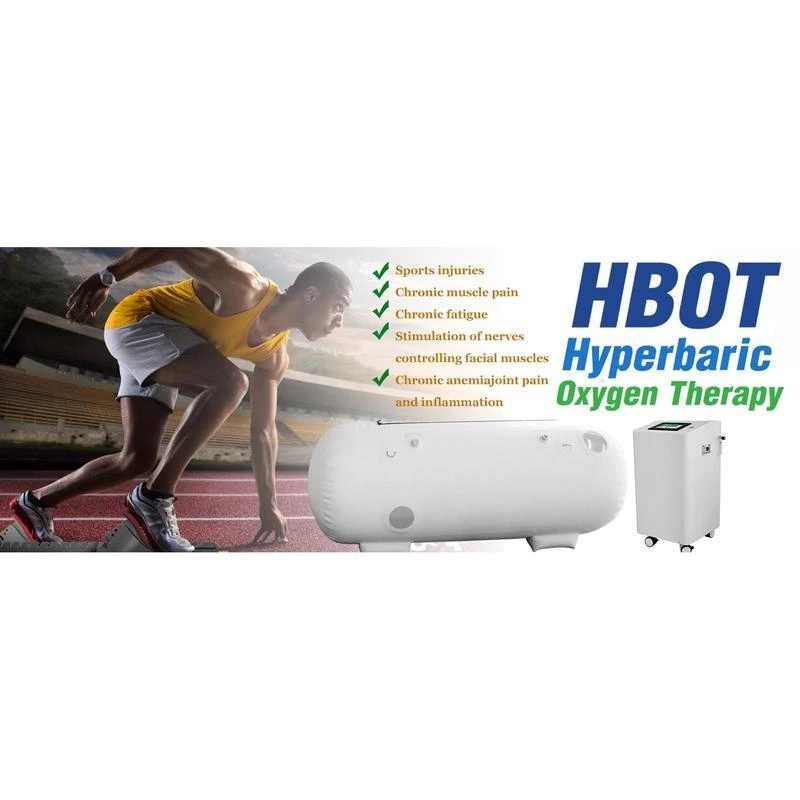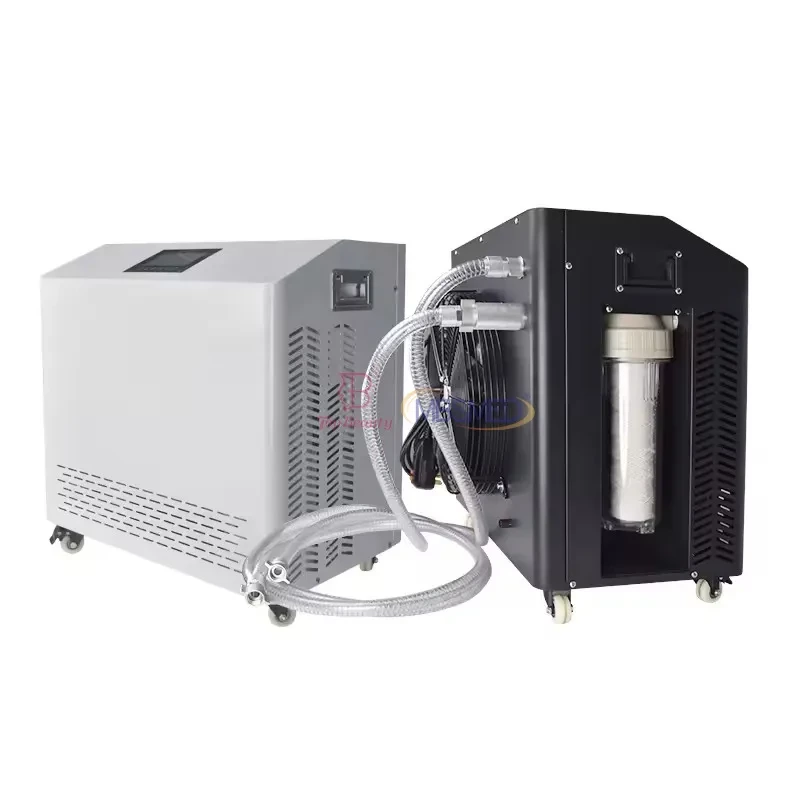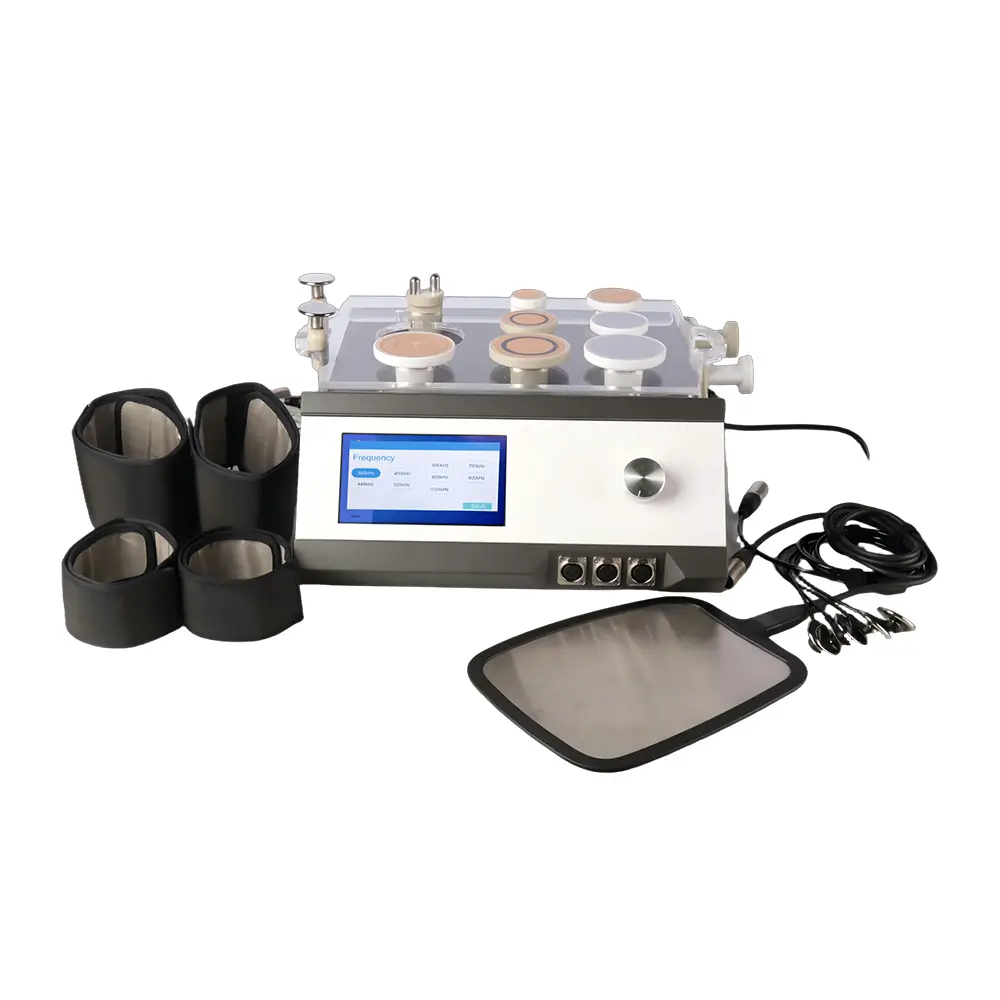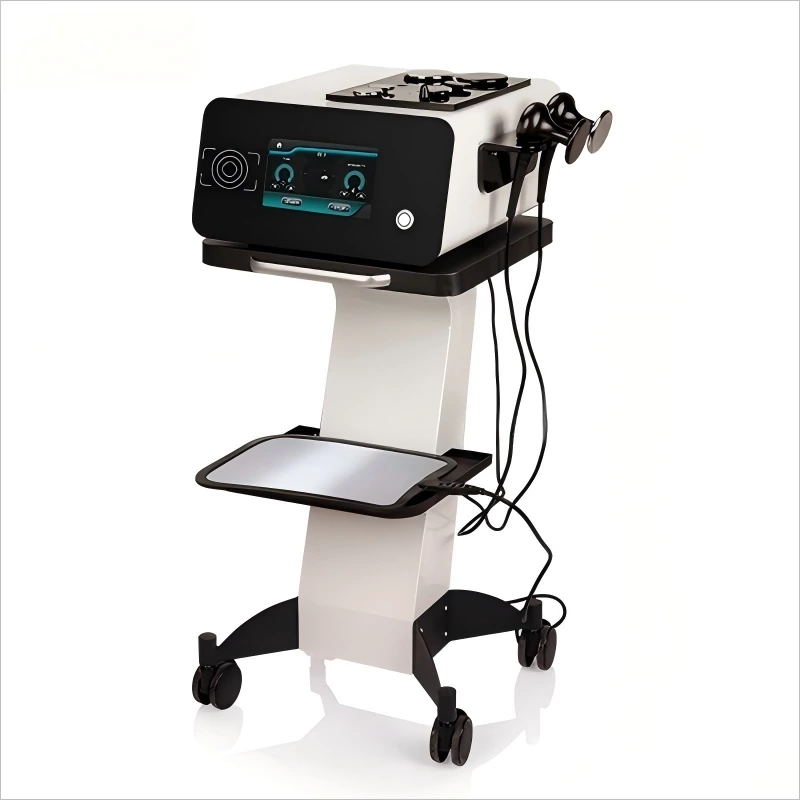Cryolipolysis Fat Reduction Freezing Fat For A Sculpted Body
The Science Behind Cryolipolysis: A Non-Surgical Fat Reduction Treatment Cryolipolysis, commonly known as fat freezing, is a non-invasive cosmetic treatment designed to reduce fat in specific areas of
The Science Behind Cryolipolysis: A Non-Surgical Fat Reduction Treatment
Cryolipolysis, commonly known as fat freezing, is a non-invasive cosmetic treatment designed to reduce fat in specific areas of the body. This procedure has gained popularity due to its effectiveness and the convenience it offers, eliminating the need for surgical interventions like liposuction. The science behind cryolipolysis is based on the principle that fat cells are more susceptible to cold temperatures than other cells in the body. When fat cells are exposed to controlled cooling, they undergo apoptosis, or cell death, and are gradually removed from the body through natural metabolic processes.
How Cryolipolysis Works
The cryolipolysis process involves the application of a specialized device to the targeted area. This device cools the fat cells to a temperature that induces apoptosis without damaging the surrounding skin or tissue.
- The treatment typically lasts between 35 to 60 minutes per area, depending on the device and the area being treated.
- Patients may experience a cold sensation initially, but this usually subsides as the area becomes numb.
- 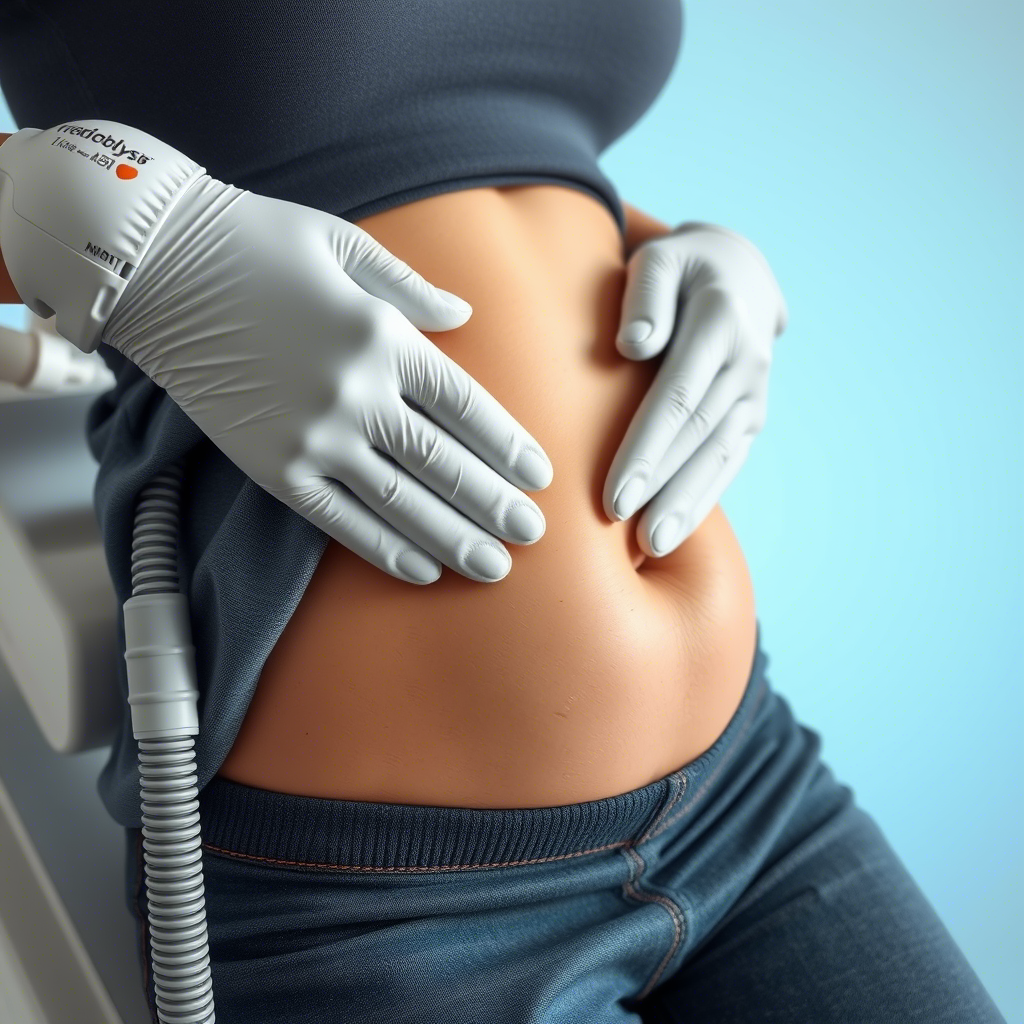
The procedure is relatively painless, and most patients can resume their normal activities immediately after treatment.
Benefits of Cryolipolysis
Cryolipolysis offers several benefits over traditional fat reduction methods, including its non-invasive nature and the lack of downtime required after the procedure.
- It is particularly effective for reducing fat in stubborn areas such as the abdomen, love handles, and thighs.
- The results are gradual, appearing over several weeks to months as the body naturally eliminates the damaged fat cells.
- 
Studies have shown that cryolipolysis can result in a significant reduction in fat layer thickness, with some patients experiencing up to a 25% reduction in fat in the treated area.
Preparing for Cryolipolysis
To ensure the best results from cryolipolysis, it's essential to prepare properly for the treatment.
- Patients should maintain a healthy diet and exercise routine, as cryolipolysis is not a weight loss solution but rather a fat reduction treatment.
- It's also crucial to choose a qualified practitioner with experience in administering cryolipolysis treatments.
- For more information on finding a qualified practitioner, you can visit the American Society for Dermatologic Surgery website, which offers resources and guidelines for selecting the right professional for your needs.
What to Expect During and After Treatment
During the treatment, the applicator is placed on the targeted area, and the cooling process begins.
- Most patients report feeling a mild to moderate sensation of cold and possibly some discomfort as the area is drawn into the applicator, but this discomfort typically resolves within a few minutes.
- 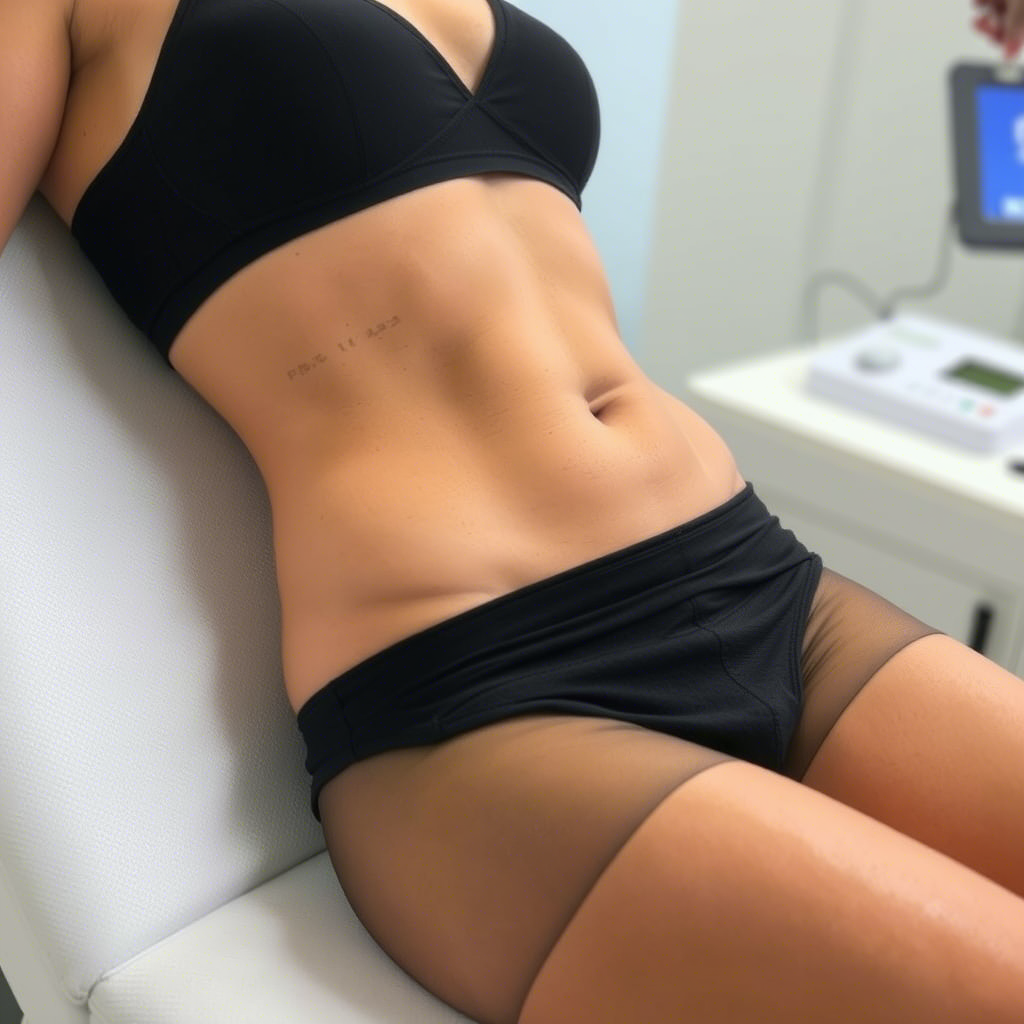
After the treatment, the area may be massaged to help break up the fat cells further, enhancing the effectiveness of the treatment.
Post-Treatment Care and Results
After undergoing cryolipolysis, patients can expect some temporary side effects, such as redness, swelling, or numbness in the treated area.
- These effects are generally mild and resolve on their own within a few days to weeks.
- The full results of the treatment become apparent over the following months as the body gradually removes the treated fat cells.
For further reading on post-treatment care and managing expectations, the American Academy of Dermatology provides valuable insights and guidelines.
Conclusion
Cryolipolysis is a safe and effective non-surgical fat reduction treatment that offers a convenient alternative to more invasive procedures. By understanding how cryolipolysis works, its benefits, and what to expect during and after treatment, individuals can make informed decisions about whether this treatment is right for them. With proper preparation and post-treatment care, cryolipolysis can help achieve a more sculpted body contour, enhancing overall appearance and confidence.

